Mastering DIY Gas Stove Repair: Step-by-Step Guide to Fixing Common Issues at Home
Fix common gas stove issues with this guide. Learn DIY repair skills to save time, money, and keep your kitchen's heart beating strong.
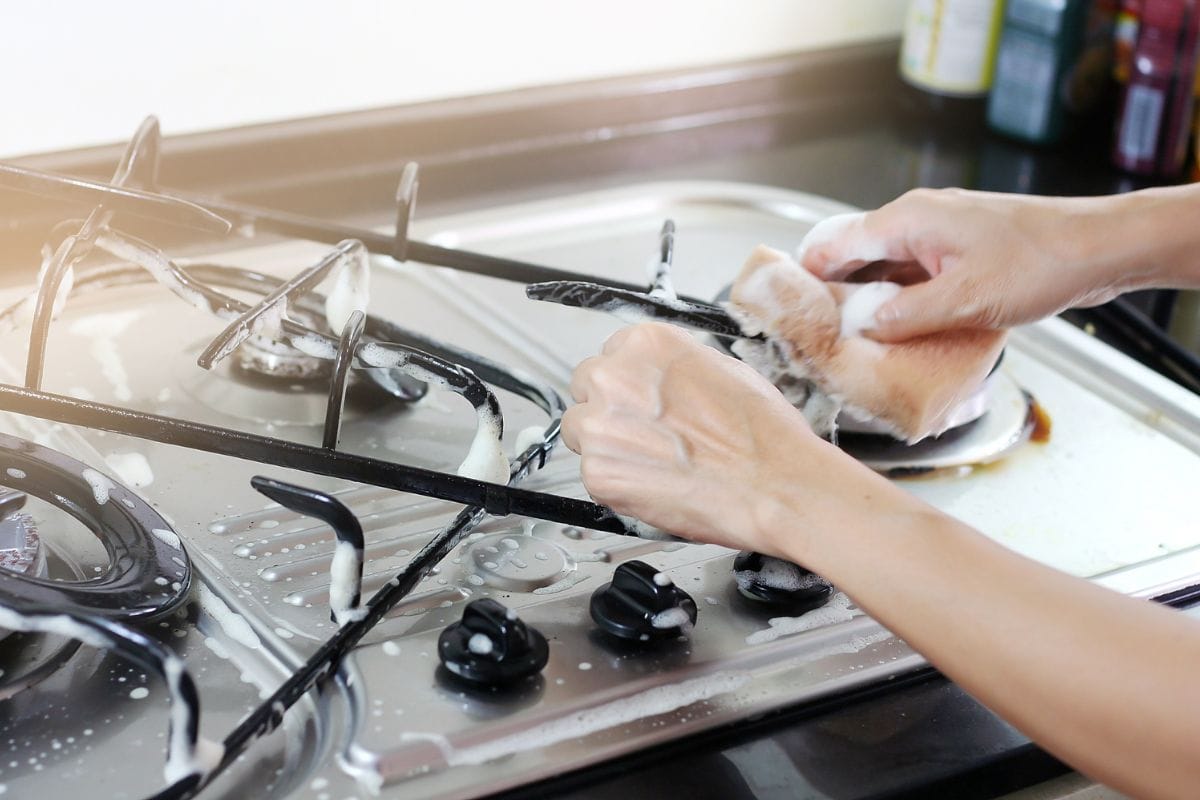
The gas stove – the fiery heart of every kitchen, fueling culinary adventures and comforting meals. But what happens when your trusty companion starts spluttering, refusing to ignite, or emitting worrisome smells? Before calling in the cavalry, take a deep breath and equip yourself with the knowledge to become a DIY gas stove repair hero! This comprehensive guide will empower you to tackle common gas stove issues, saving you time, money, and most importantly, your culinary aspirations.
Safety First: Remember, gas is serious business. Always prioritize safety! Before any DIY attempt:
- Turn off the gas supply: Locate the main gas valve and shut it off completely.
- Disconnect the stove from the gas line: Use a wrench to carefully detach the gas line connection.
- Clear the workspace: Remove cookware and ensure ample ventilation.
- Consult your user manual: Always refer to the manufacturer's instructions for specific models and safety guidelines.
Common Gas Stove Issues and DIY Fixes:
1. The Flame Won't Ignite:
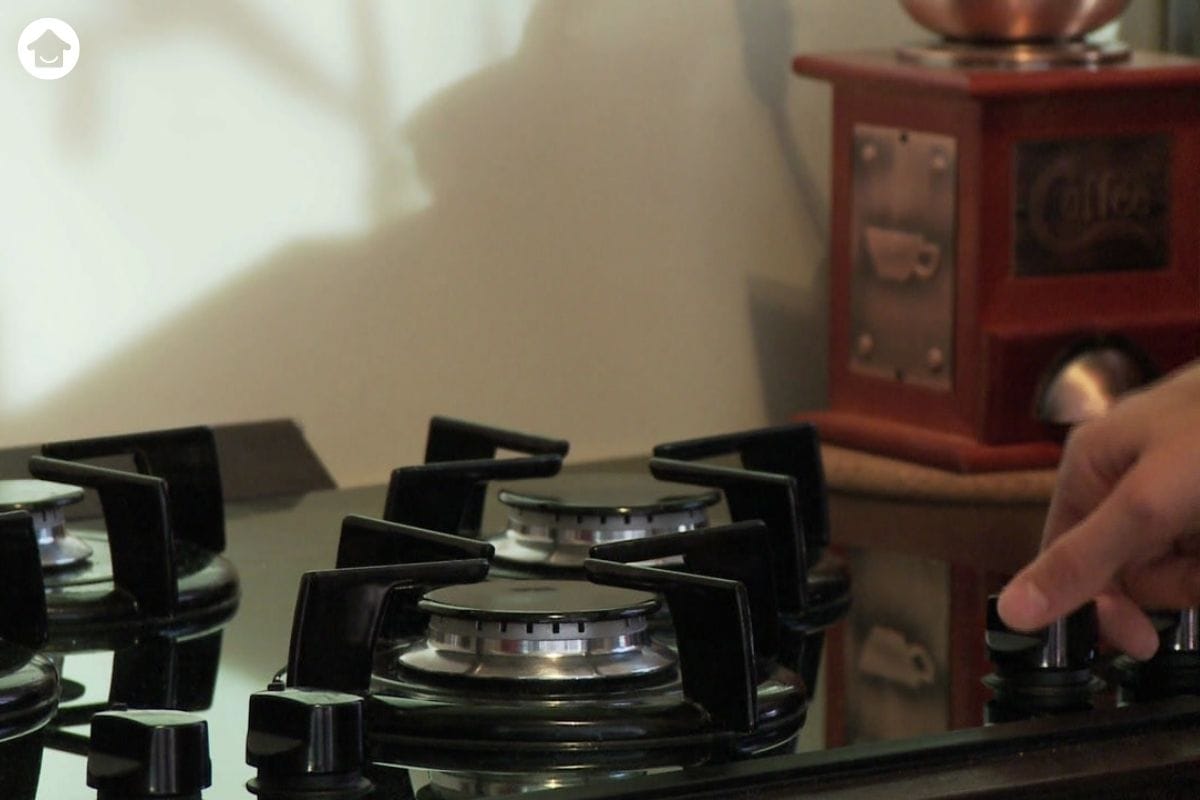
- Potential culprit: Clogged burner ports or faulty igniter.
- DIY Fix:
- Clean the burner ports: Use a long cleaning needle or pipe cleaner to remove any food debris or rust from the burner holes.
- Check the spark igniter: Look for cracks or corrosion. Clean it gently with a dry brush or replace it if damaged.
- Test the gas flow: Open the gas valve slightly and listen for a hissing sound. If absent, contact a qualified gas technician.
2. Weak or Yellow Flame:
Gas Stove Weak or Yellow Flame
- Potential culprit: Low gas pressure or dirty burner parts.
- DIY Fix:
- Check the gas pressure: Contact your gas company to confirm adequate pressure.
- Clean the burner components: Remove and soak burner caps and grates in warm soapy water. Scrub any build-up with a soft brush. Dry thoroughly before reassembling.
- Adjust air intake: Some burners have air intake dampers. Consult your user manual for adjustment instructions.
3. Gas Odor When Not in Use:
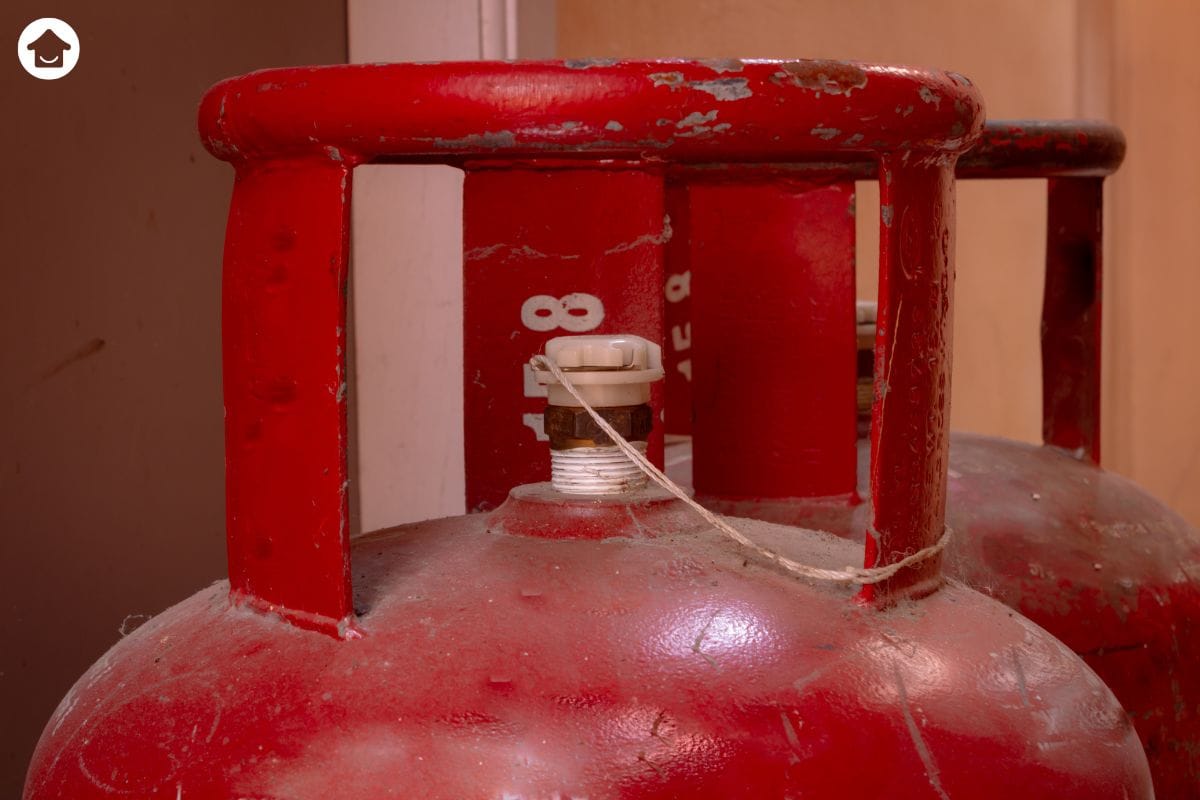
- Potential culprit: Loose gas connection or worn-out gas line.
- DIY Fix:
- Double-check connections: Tighten any loose fittings with a wrench. Avoid overtightening.
- Use a gas leak detector: Spray soapy water on connections and gas lines. Look for bubbles, indicating a leak. If detected, immediately shut off the gas and contact a professional.
4. Knobs Clicking or Sticking:
- Potential culprit: Worn-out or misaligned control knobs.
- DIY Fix:
- Clean the knob stems and control panel: Dust and grime can cause resistance.
- Check for misalignment: Ensure knobs are properly seated on the stems.
- Consult your user manual: Some knobs require specific removal and reassembly procedures.
5. Clicking Sounds During Operation:
- Potential culprit: Normal igniter operation or faulty gas valve.
- DIY Fix:
- Observe the flame: Clicking during ignition is normal. Persistent clicking or erratic flames indicate a faulty gas valve.
- Contact a qualified gas technician: Gas valve repairs require professional expertise.
Remember: For complex issues, gas leaks, or any uncertainty, always prioritize safety and consult a qualified gas technician.
Beyond the DIY Toolbox:
Investing in preventive maintenance can significantly reduce repair needs and extend your gas stove's lifespan:
- Regular cleaning: Wipe down spills and food debris promptly. Clean burners and grates as recommended in your user manual.
- Proper ventilation: Use exhaust fans during cooking to prevent grease buildup and ensure proper air circulation.
- Avoid harsh chemicals: Harsh cleaners can damage burner components. Stick to soapy water and soft brushes.
- Invest in quality replacement parts: When replacing worn-out parts, choose well-matched, high-quality components from the manufacturer or trusted suppliers.
HomeTriangle: Your Gas Stove Repair Ally:
While DIY spirit is commendable, some issues require professional expertise. Enter HomeTriangle, your gateway to a network of skilled and certified gas technicians. With online booking, convenient in-home service, and transparent pricing, HomeTriangle takes the hassle out of gas stove repairs. So, if your DIY efforts meet their match, simply book a qualified technician and watch your gas stove roar back to life in no time.
By mastering the basics of DIY gas stove repair and prioritizing preventive maintenance, you can keep your kitchen's fiery heart functioning flawlessly for years to come. Don't let minor glitches disrupt your culinary adventures – equip yourself with knowledge, prioritize safety, and remember that HomeTriangle is always ready to be your repair ally!

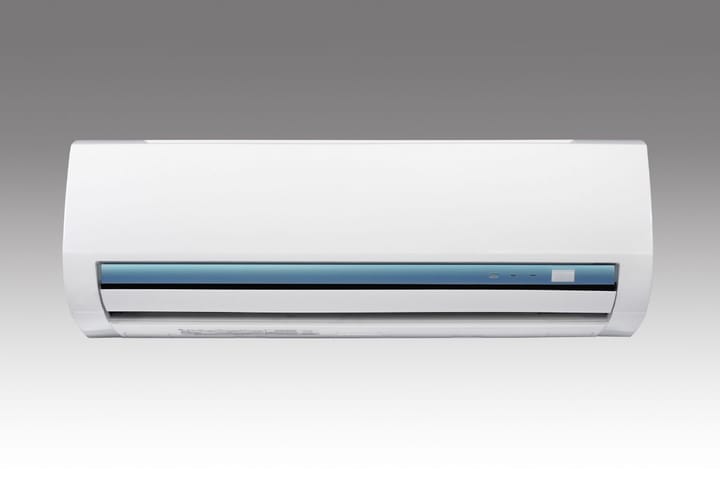
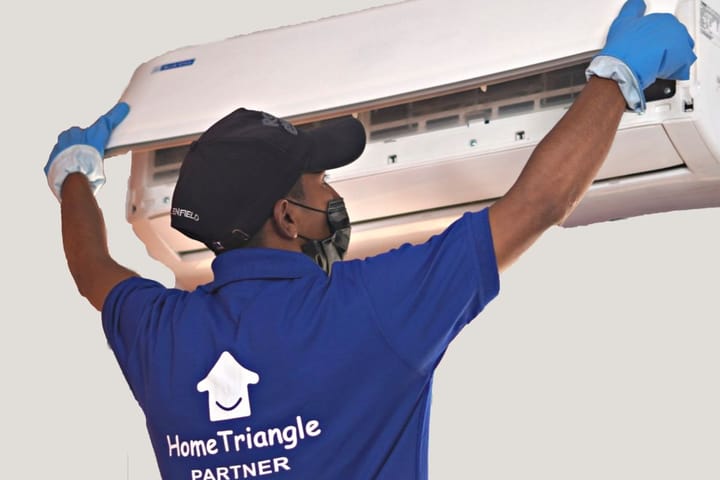

Comments ()